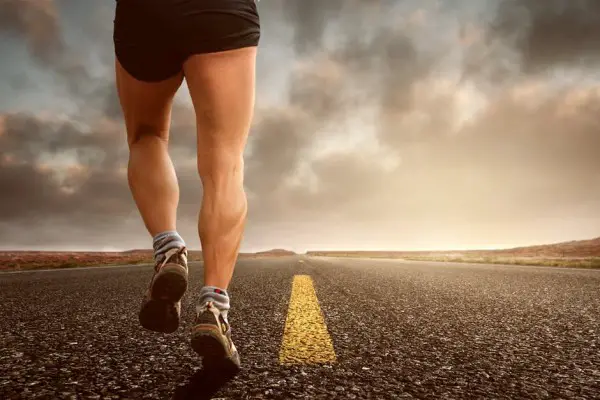Articles
Why Do I have Red Spider Veins on My Face?
- Spider Veins
- April 5, 2018
Why Do I Have Red Spider Veins on My Face? Often, the red spider veins that you see appear on your face can be a nuisance for someone people or even humiliating for others. The good news is that these veins are not a health risk, but are more of a cosmetic problem. These spider veins are broken blood... Read More
Brown Spots on Legs and Feet
- chronic venous insufficiency
- April 2, 2018
If you notice that you have brown spots on your lower legs, feet or ankles, you may want to schedule an appointment with a vein specialist. Brown discolorations or spots typically signify an underlying vein disorder, a disorder you may not even be aware of, that is getting worse. Why Do I Have These... Read More
VenaSeal Closure System
- Varicose Vein Treatment
- April 2, 2018
There are a number of minimally invasive procedures used to treat varicose veins; one of the most effective being the VenaSeal closure system. Created by Medtronic, the VenaSeal closure system uses a specially formulated, FDA-approved medical-grade adhesive to actually block off the damaged vein while... Read More
Why Are My Veins so Visible?
- Varicose Veins
- March 30, 2018
What Is Normal For Visible Veins? We all have some veins somewhere on our bodies that we can see. Some veins are more visible on people's hands, feet and legs than others. However, the question remains: Which veins on my body is it normal to be able to see? That answer is not necessarily clear-cut... Read More
Treating Wounds with Absorbent Alginate Dressing
- Venous Stasis
- March 30, 2018
What is Alginate Dressing? Absorbent Alginate dressing is typically used as a dressing for chronic to acute wounds. The alginate dressings work well as when they are put onto the wound they immediately begin forming a firm, moist gel also known as a hydrophilic gel which is both highly absorbent... Read More
Varicose Veins Can Affect Men Too!
- Varicose Veins
- March 26, 2018
While varicose veins are commonly a condition that affects women, men can still develop varicose veins during their lifetime. Roughly 20-25% of all men get varicose veins. If you're a guy, you've probably heard about varicose veins before, but automatically your brain turns off. The thought is: you're... Read More
Everything You Need to Know About Pelvic Congestion Syndrome
- Varicose Veins
- March 15, 2018
Pelvic congestion syndrome is an underappreciated and often misdiagnosed cause of chronic pelvic pain that mostly occurs in women who are premenopausal. On average, about 30 – 40 percent of premenopausal women with chronic pelvic pain suffer from this condition. Pelvic congestion syndrome is not... Read More
6 Home Treatments for Varicose Veins
- Varicose Vein Treatment
- March 6, 2018
One thing's for sure about varicose veins--they're not pretty. But they are common. Varicose veins affect an estimated 25 to 30 percent of people. If you suffer from varicose veins, you'd probably like some at-home treatment options. These veins are large and twisted and may be close to the skin's... Read More
Deep Vein Thrombosis vs. Superficial Thrombophlebitis
- deep vein thrombus
- February 26, 2018
Coagulation, the ability for your blood to form clots, prevents excessive bleeding when blood vessels are injured, a function necessary for survival. Most often, these gel-like clumps of proteins and platelets naturally dissolve as injuries heal. It's important to understand that blood clots can also... Read More
Radiofrequency Ablation RFA
- Varicose Vein Treatment
- February 21, 2018
Approved by the FDA in 1999, radiofrequency ablation, or RFA, revolutionized how the medical community addressed varicose veins. Up until the approval of radiofrequency ablation the treatment of varicose veins was limited to invasive and painful surgical procedures like vein stripping, a... Read More










